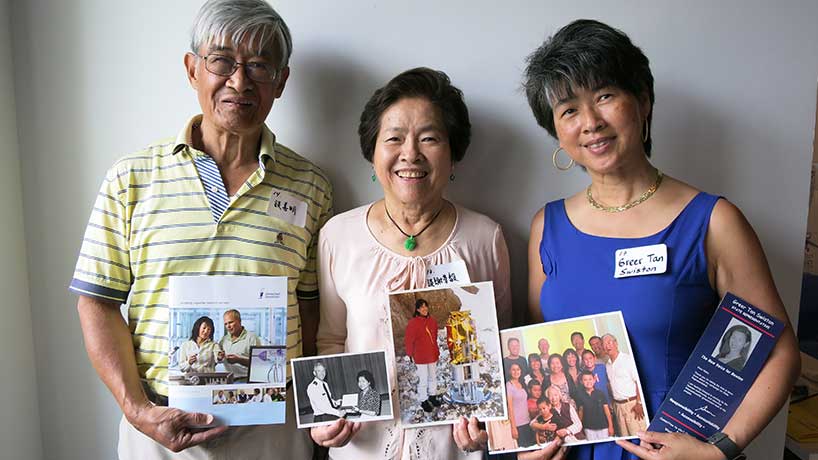Organizing a successful participatory archiving event and building a rich community collection includes multiple voices and perspectives. As you build your team and work together to engage your community, it’s important that each team member has a grasp of their own cultural background and biases. In addition, everyone involved must have the ability to learn about and respect varying cultural identities. When people are valued and truly included, they will be more inclined to comfortably and freely share their stories, photographs, and memories at your public event.
Roles & Responsibilities
For an overview of all RoPA Roles and Responsibilities, please review the Building a Team module.
Everyone involved in the event should be proficient in cultural competence, and these skills should be included in all roles of the project. Cultural competence, inclusiveness, and belonging are not one-time practices, but rather are best considered and revisited throughout all aspects of your participatory archiving event.
The Community Coordinator leads the Steps to Success and is responsible for ensuring that conversations about cultural competency are ongoing and progress through all stages of the project. The Community Coordinator will need to designate someone to serve as the Cultural Competence Workshop Facilitator. They will also work with the Community Working Group and the Event and Collection Coordinators to incorporate inclusive practices into the entire process.
The Cultural Competence Workshop Facilitator is responsible for the planning and execution of the Cultural Competence Workshop. They will guide conversations around bias, inclusion, and belonging. Some organizations may choose to have this role filled by an outside consultant, which may have fees associated with it. The Facilitator can review this facilitator's guide and these guiding questions for additional information.
Steps to Success
Download a Quick Checklist of the Ensuring Inclusiveness steps here.
Best Practice Examples
Do you know of a project or program that could be featured here? Please contact us.
Resources
The Community Tool Box, developed by the Center for Community Health and Development at the University of Kansas, provides many useful community building resources, including a toolkit devoted to Enhancing Cultural Competence.
GLSEN has created this guide to help learn about the importance of respecting an individual's pronoun usage.
The Inclusive Historian’s Handbook, produced by the National Council of Public History, supports inclusive and equity-focused historical work in public settings by sharing a knowledge base that invites more people to engage in history projects. It includes short essays about diversity and inclusion, civic engagement, accessibility, and collaborative practice--among other topics.
There are several cultural competence self-assessment tools in the public domain that might be useful to your team from the National Center for Biotechnology Information, U.S. National Library of Medicine.
The Young Adult Library Services Association (YALSA), a division of the American Library Association (ALA) has resources specific for teens, including definitions of key terms. There's also a Cultural Competency and Responsiveness YouTube playlist.
Glossary
Ability to recognize the significance of culture in one’s own life and in the lives of others; the ability to learn, respect, and build on varying cultural and community norms, and to fully integrate the culture of diverse groups into services, work, and organizations in order to enhance the lives of both those being served by the organization and those engaged in service. (Adapted from National Education Association and Patricia Overall, Library Quarterly, 2009.)
Attitudes or stereotypes that affect our understanding, actions, and decisions in an unconscious manner. These biases, which encompass both favorable and unfavorable assessments, are activated involuntarily and without an individual’s awareness or intentional control. (Adapted from the Kirwan Institute at Ohio State University.)
Involving people and their differences in the work and life of groups, organizations, communities and nations. Inclusion practices encompass: Assimilation: including people as members of an organization or other system and expecting them to adapt their appearance and behavior with the norms of the organization; Differentiation: bringing people into the organization to match the demographic characteristics of clients and markets; and Integration: including people in the work and life of the organization in a way that changes the work of the organization and how the organization does its work. (Adapted from David A. Thomas and Robin J. Ely, "Making Businesses Matter: A New Paradigm for Managing Diversity," Harvard Business Review, 1996.)
